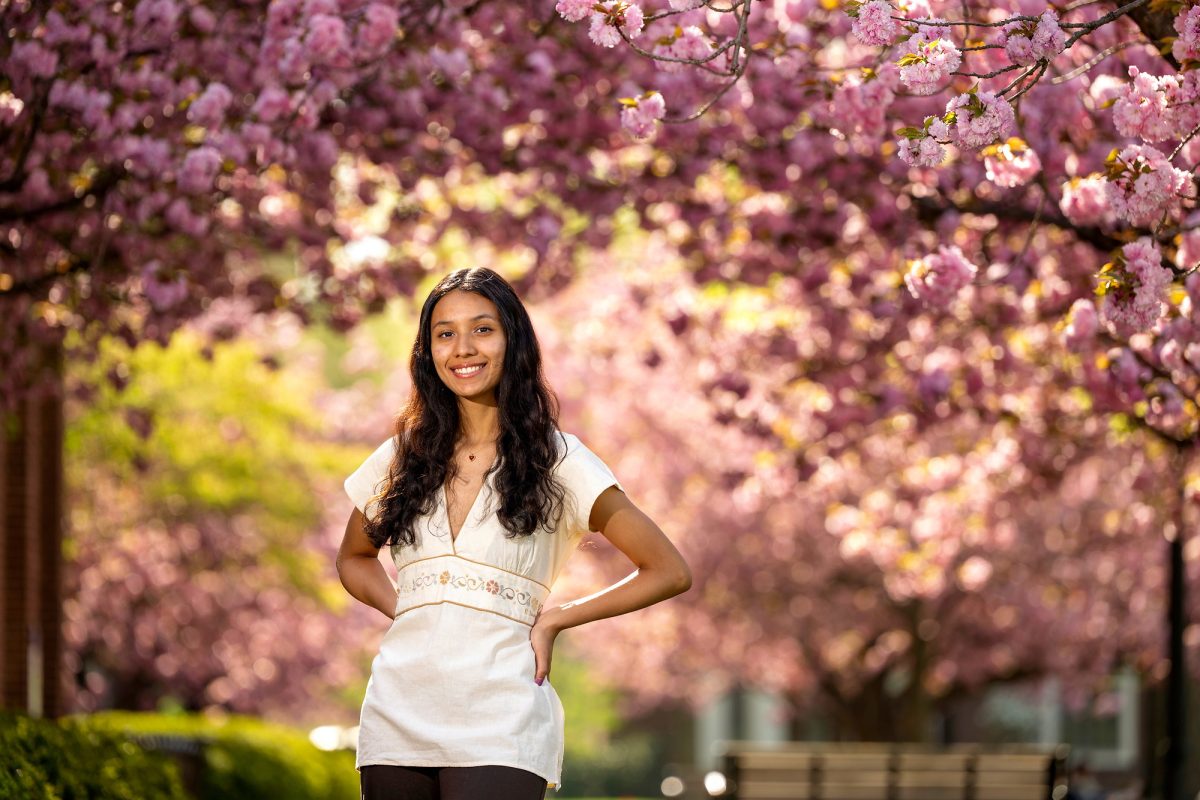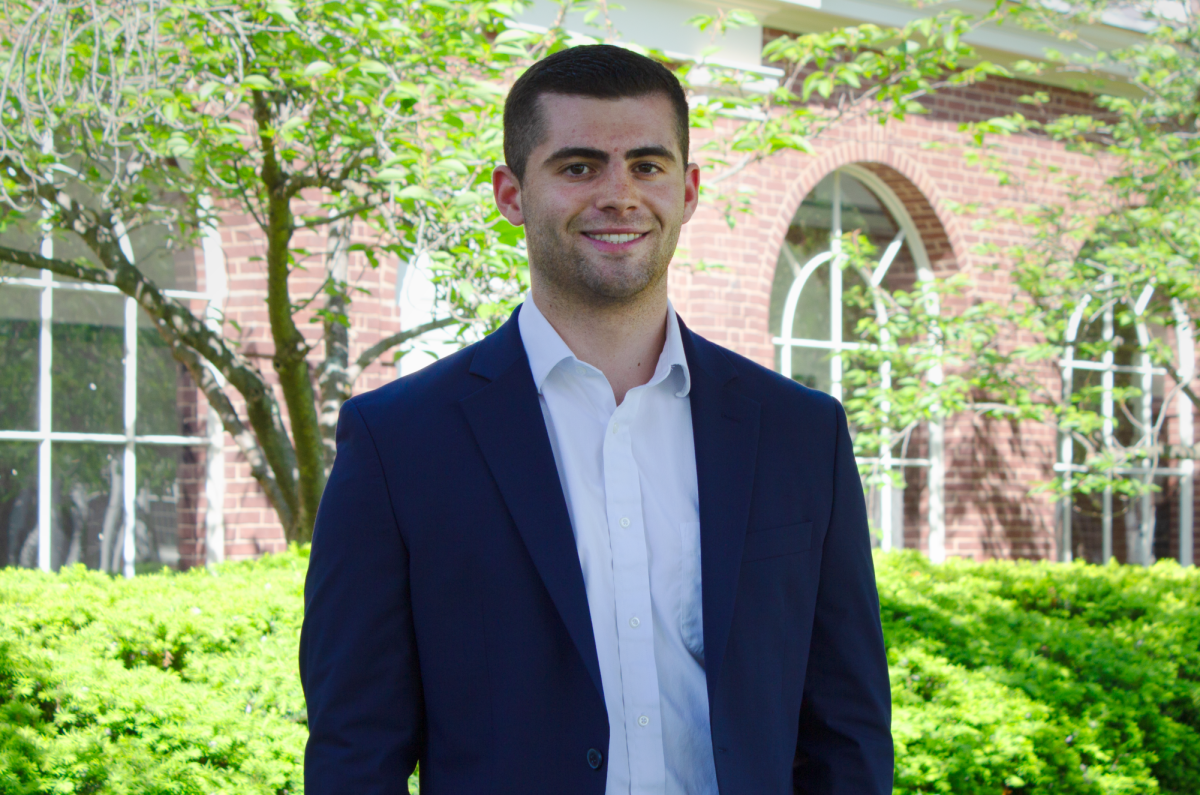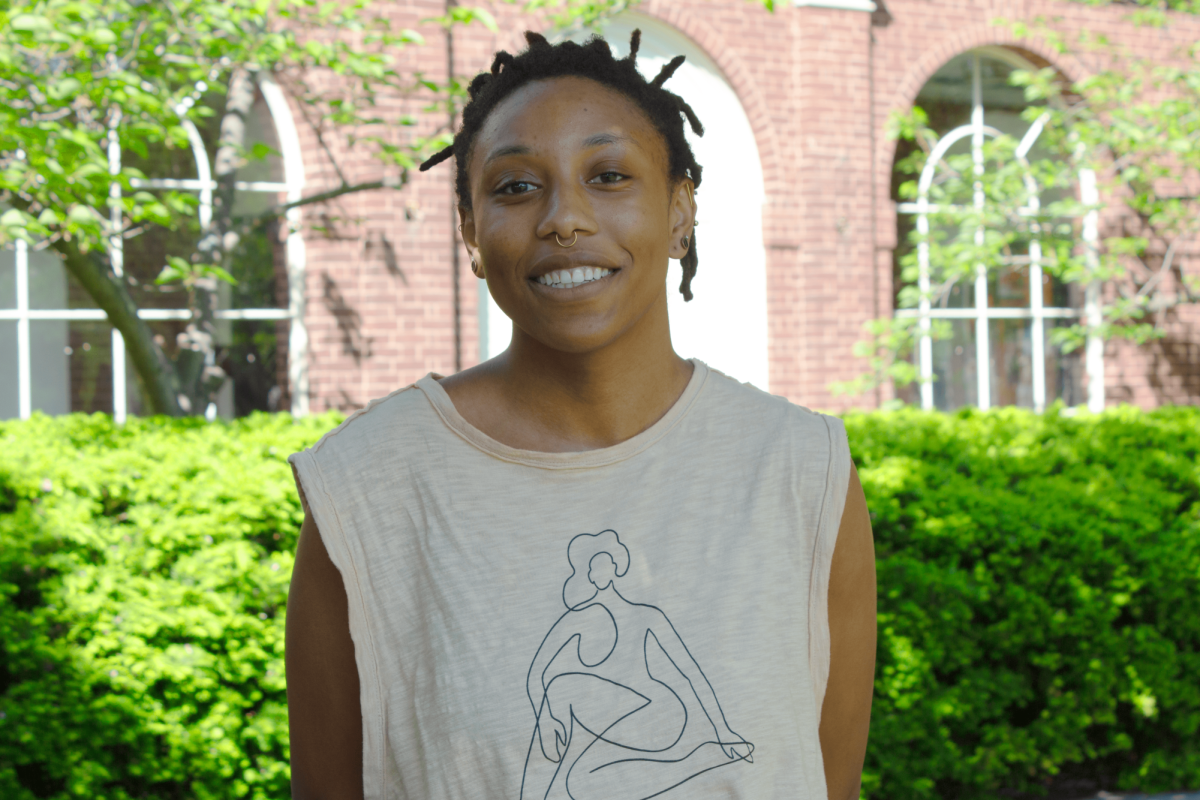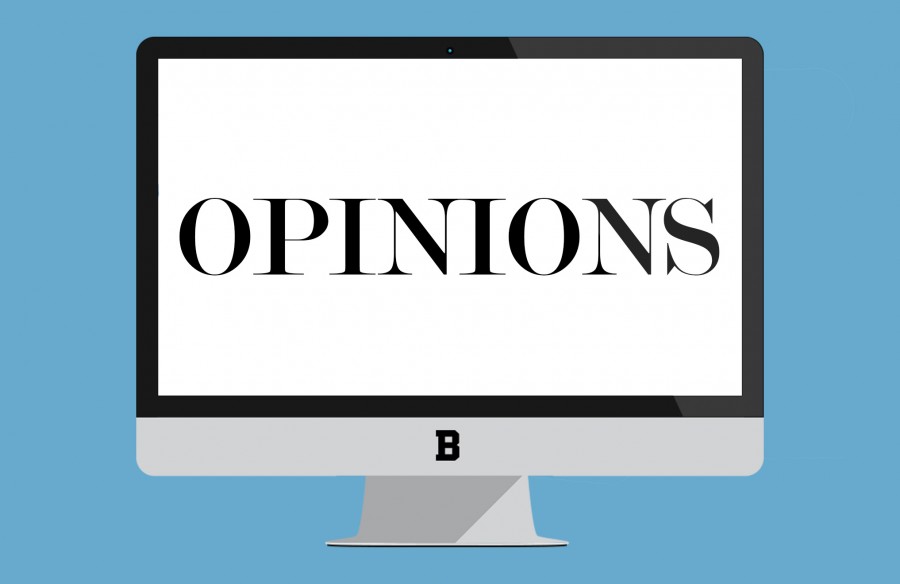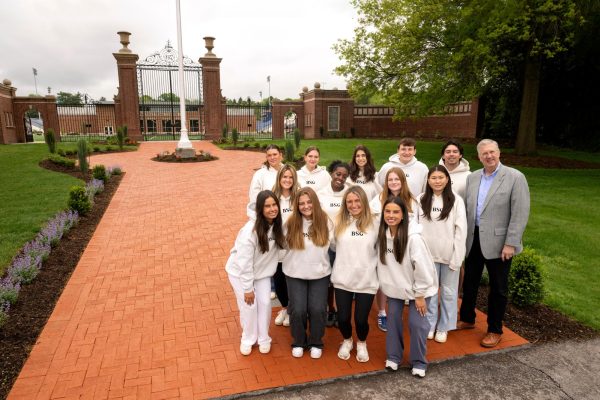Editorial: Power of the Screen
September 10, 2015
In this day and age, we are in the middle of a policy vacuum when it comes to social media. It surrounds us, it’s expanding at an unprecedented growth, but we don’t know exactly how to contain it or ensure that it benefits us as a society.
Social media—Facebook, Twitter, LinkedIn, Instagram, Foursquare, and more—has its own benefits that it brings to the table. It’s obviously growing, meaning our society has taken a liking to it and gets enjoyment from it. But on a bigger scale, it connects people, generations, and countries to one common area.
News and ideas are being shared faster than ever and entering the daily lives of more and more people due to these platforms. As globalization continues to grow, users share their own ideas and opinions with a plethora of followers, while they can see differing ideas from others across the country and the world. Individuals finally have a voice as well as a stage to speak. Dynamic conversation can help form a better integration of cultures and ideas in today’s world.
On a more personal scale, social media still allows people to interact and stay in contact with others they know, whether they are friends, family, or colleagues. Online communities continue to grow, and people are connected like never before.
With all of this connectivity, it seems like there’s no time to relax and experience the real world. Students believe that they can detach from social media for a period of time whenever they want to, but is that true?
Let’s take a look at some statistics. Social media is being used at unprecedented levels, accounting for approximately 28 percent of all time spent online, compared to six percent in 2007. Text messaging continues to increase (the average teen sends 3,417 texts per month), while voice usage continues to decrease. These statistics were from 2012, so imagine just how much things have changed; social media has revolutionized since then, becoming an even grander part of our lives on a scale nobody had imagined five years ago.
So what do all of these numbers mean? The amount of social media used from our students in the teen years is alarming. At a time when social pressures are high and psychological development is occurring rapidly, social media distorts reality. Students are discovering their values and who they are as individuals, but social media has the power to form these malleable students into something they’re not.
There’s a fear for these users that they are missing out if they are not constantly on social media. The reliance on approval on social media and celebrities on social media also distorts users’ expectations of who they should be. And it’s not just our younger generation that has invested its lives in social media; social media has affected everyone, of all ages.
One negative trend that can be seen is the inability for some people to interact on a face-to-face basis. Everything is on a screen now, so users speak through social media instead of in person. Vernacular is changing in our newest generation, and this lack of verbal communication could have a damaging effect on society in the future, as people are unable to verbalize their thoughts and feelings.
Social media surely has not reached its saturation point, and it will be difficult to see what it will be like in five, 10, or 20 years. Our human race is still evolving too, and we can bend social media into an advantage. Social media has grown more accessible and more entrenched in our lives—we cannot avoid it. Knowing how to control it and use it to our advantage as individuals and as a society will allow us to build a better future with it.
Social media is no longer just a hot trend—it’s shaping our newest generation’s culture, and we can either complain about it, or make it a strength.
